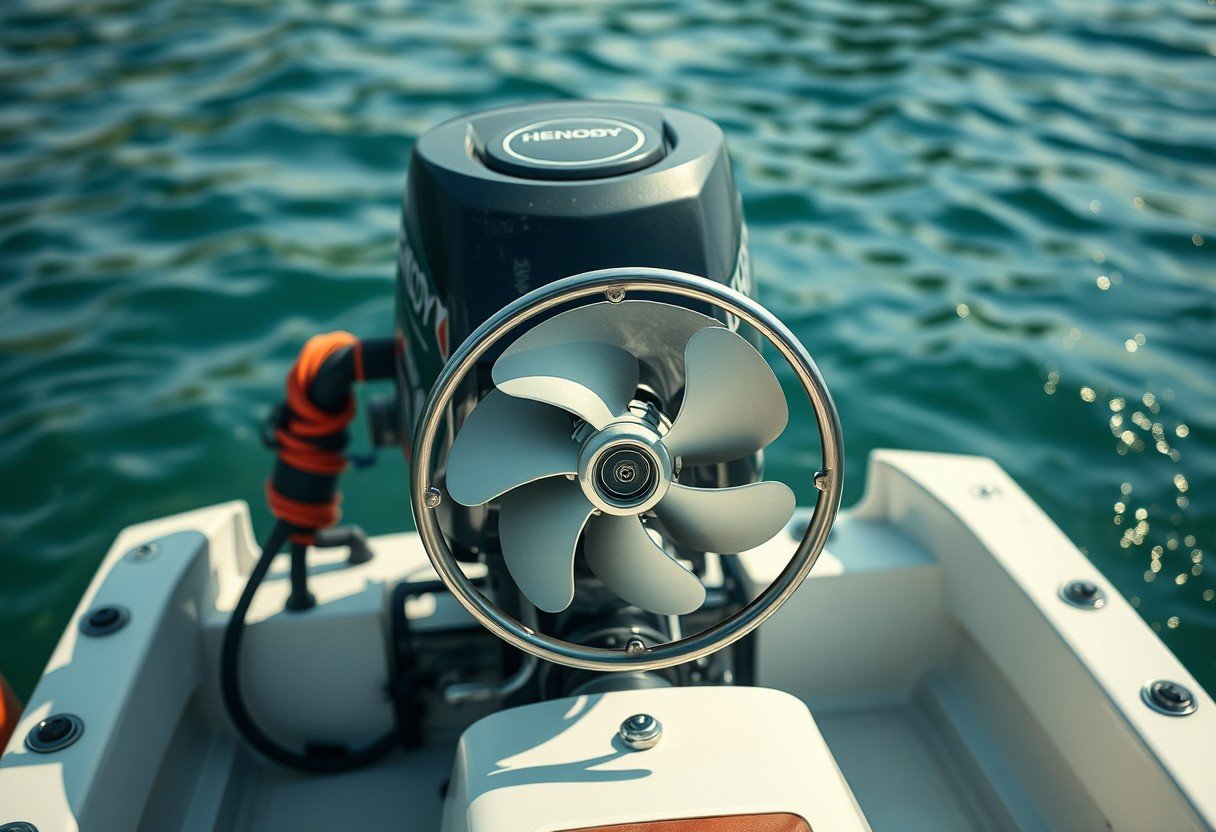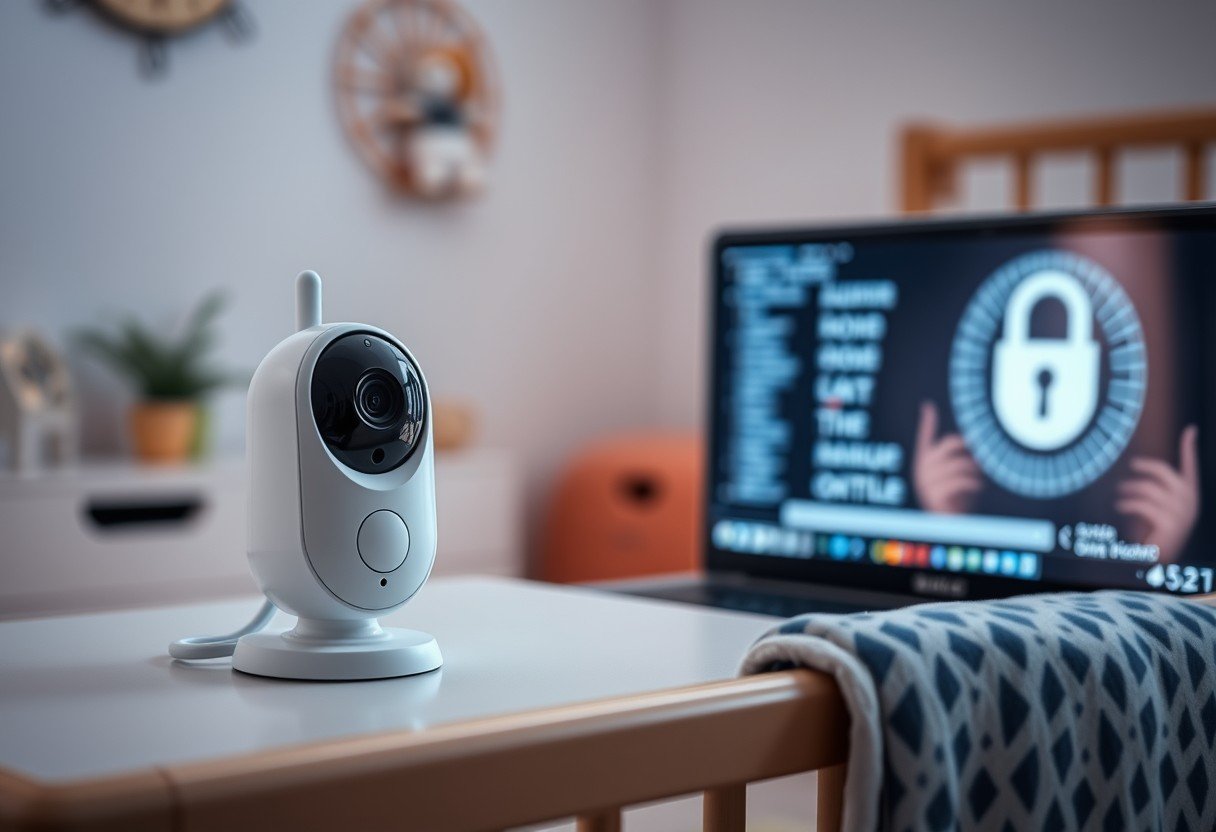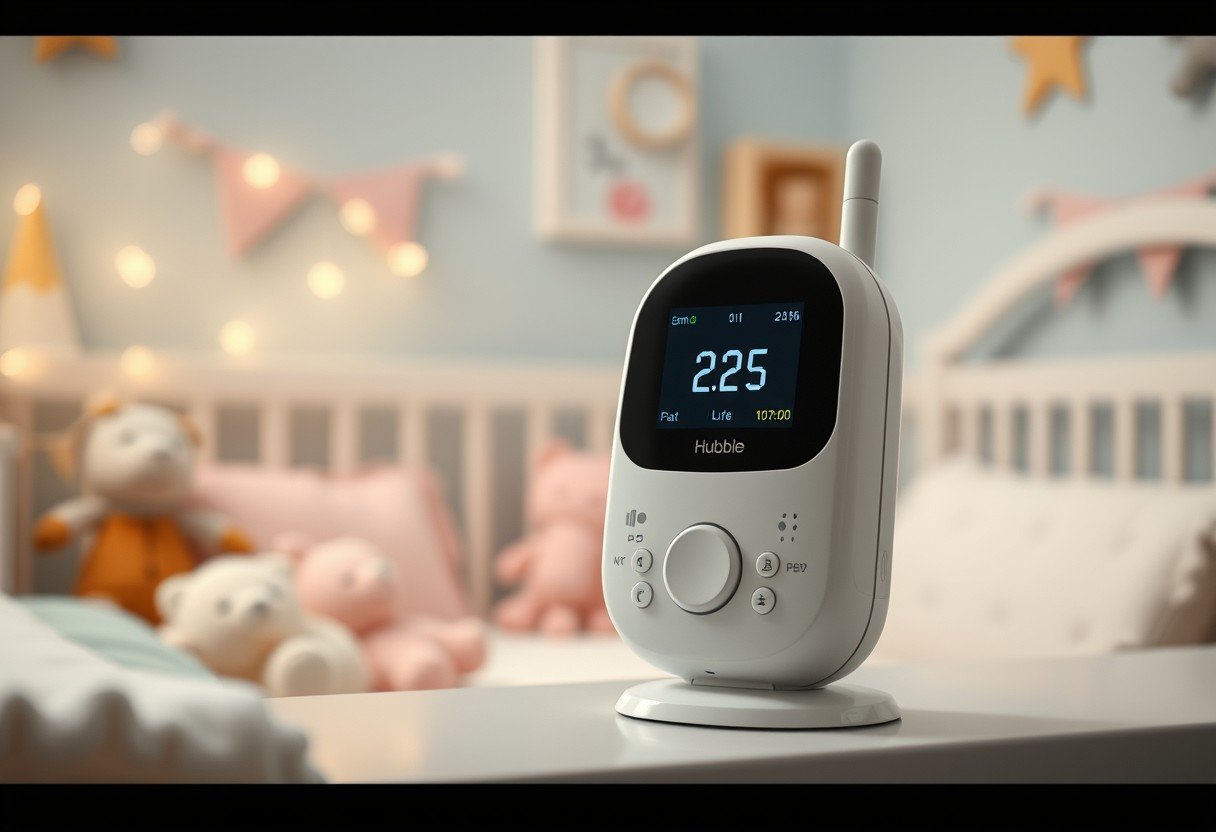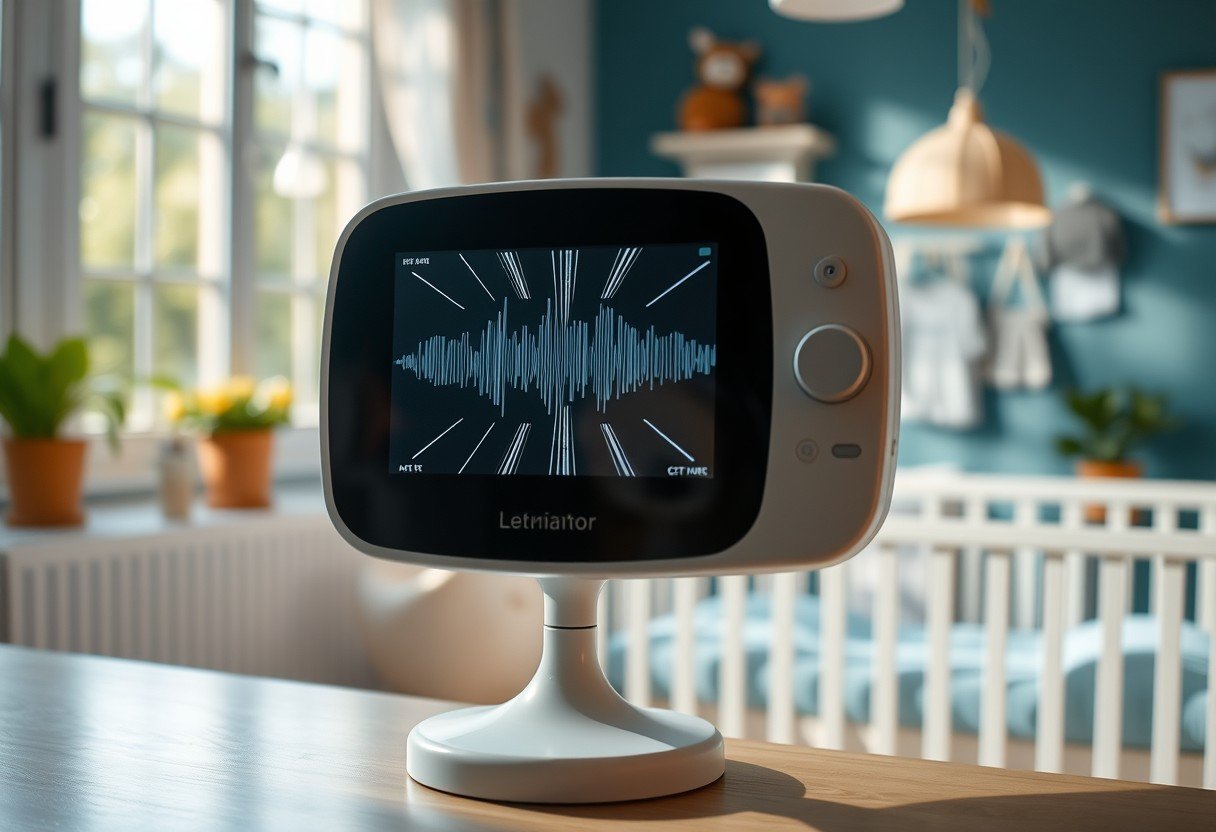Boating offers incredible fun, but safety around the propeller is a serious responsibility. Propeller strike injuries, which happen when a person makes contact with a moving propeller, can be devastating. Understanding the causes, from operator error to lack of awareness, is the first step. The good news is that with the right equipment and practices, these accidents are highly preventable, ensuring your time on the water remains safe and enjoyable for everyone.
What are Propeller Strike Injuries?
Propeller strike injuries are severe traumas caused by the sharp, rotating blades of a boat’s motor. These accidents can lead to life-altering consequences, including deep cuts, amputations, and even death.
These incidents often happen when people are in the water near a boat, such as when swimming, waterskiing, or after falling overboard. The U.S. Coast Guard reports that propeller accidents contribute to a significant number of boating injuries and fatalities each year. Understanding the gravity of these statistics underscores why prevention is absolutely critical.
The primary causes are frequently linked to human behavior. This can include the boat operator not being aware of swimmers, people jumping from the boat without checking the engine’s status, or reckless operation in crowded areas. Mechanical failure can also be a factor, but proactive safety measures can mitigate most risks.
The Propeller Guard: Your First Line of Defense
When it comes to physical equipment designed to prevent propeller strikes, one device stands out above the rest. The most important piece of equipment for preventing these injuries is the propeller guard.
A propeller guard is a cage or shield that fits around the propeller. Its function is simple but effective: it creates a physical barrier between the spinning blades and a person in the water. This barrier can deflect a person away from the propeller, preventing direct contact and significantly reducing the chance of a serious injury.
While not a complete guarantee of safety, propeller guards are highly effective. Studies and incident reports show that boats equipped with guards are involved in far fewer propeller-related accidents. For a guard to be effective, it must be installed correctly and be appropriate for your specific boat and motor.
Essential Safety Measures Beyond the Guard
While a propeller guard is a key component, a comprehensive approach to safety involves several other crucial elements. These measures work together to create multiple layers of protection for you and your passengers.
One of the most vital is the engine cut-off switch, often called a kill switch. This is a lanyard that the operator wears, which is connected to the boat’s ignition. If the operator falls overboard, the lanyard detaches and immediately shuts off the engine. This stops the propeller and prevents an unmanned, circling boat from injuring the person in the water.
Beyond technology, basic safety protocols are essential. You can enhance safety significantly by implementing these practices:
- Educate Everyone: Before leaving the dock, brief all passengers on the location of the propeller and the dangers it poses.
- Shut Down the Engine: Always turn the engine completely off when people are entering or exiting the water from your boat.
- Designate a Spotter: When people are swimming or participating in water sports, have a designated spotter whose only job is to watch them.
These simple habits create a culture of safety on board and can be just as important as any piece of hardware.
Smart Boating Habits to Prevent Accidents
The boat operator’s behavior is the most influential factor in preventing propeller strikes. Proper training and constant awareness are non-negotiable for anyone at the helm. Enrolling in a boating safety course provides critical knowledge on navigation rules, handling emergencies, and operating your vessel safely around others.
Maintaining a safe and appropriate speed is one of the easiest ways to improve boat control and prevent accidents. This is especially true in marinas, near shorelines, or in any area populated with swimmers, kayakers, or other boats. Slowing down gives you more time to react to unexpected situations.
Always be aware of your surroundings. Before starting the engine or putting it in gear, do a complete visual check around the boat to ensure no one is in the water nearby. Establishing clear communication signals with passengers and swimmers helps everyone understand your intentions and stay out of harm’s way.
The Role of Regular Boat Maintenance
A well-maintained boat is a safer boat. Neglecting the upkeep of your vessel and its safety equipment can lead to mechanical failures that create dangerous situations on the water. A regular maintenance schedule ensures everything is in optimal working condition when you need it most.
Inspections should be a routine part of your boating life. Before each trip, take a few minutes to check that safety gear is accessible and functional. This includes ensuring your engine cut-off switch works, life jackets are in good condition, and the propeller guard is securely fastened.
This simple checklist can help you keep track of essential maintenance tasks.
| Equipment | What to Check | Frequency |
|---|---|---|
| Propeller Guard | Secure attachment, cracks, or damage | Before each outing |
| Engine Cut-Off Switch | Lanyard condition and switch function | Before each outing |
| Propeller Blades | Nicks, bends, or damage | Monthly |
| Life Jackets (PFDs) | Rips, tears, and strap integrity | Annually |
Making repairs promptly is just as important as inspections. A loose propeller guard or a frayed lanyard for a kill switch should be fixed immediately. Proactive maintenance prevents small issues from becoming catastrophic failures.
Frequently Asked Questions
What is the single most effective piece of equipment to prevent propeller strike injuries?
The propeller guard is considered the most critical piece of equipment. It acts as a physical barrier around the spinning blades, which can prevent a person in the water from making direct contact.
Are propeller guards required by law on all boats?
Laws regarding propeller guards vary by state and jurisdiction. While not universally mandated for all recreational boats, they are strongly recommended by safety experts and may be required for certain commercial or rental boats.
How does an engine cut-off switch (kill switch) improve safety?
An engine cut-off switch is worn by the operator and attached to the ignition. If the operator falls overboard, the cord pulls out and immediately stops the engine, preventing the boat from continuing on or circling back to injure the person in the water.
What are some key safety practices for boaters when people are swimming nearby?
The most important practice is to turn the engine completely off before anyone gets in or out of the water. You should also maintain a vigilant lookout, operate at a slow speed in swimming areas, and clearly communicate your intentions to everyone.
Can propeller strike accidents still happen if I have a propeller guard?
Yes, while propeller guards significantly reduce the risk, they do not eliminate it entirely. It is still crucial for boat operators and passengers to follow all other safety protocols, maintain awareness, and never become complacent around a running engine.








Leave a Comment